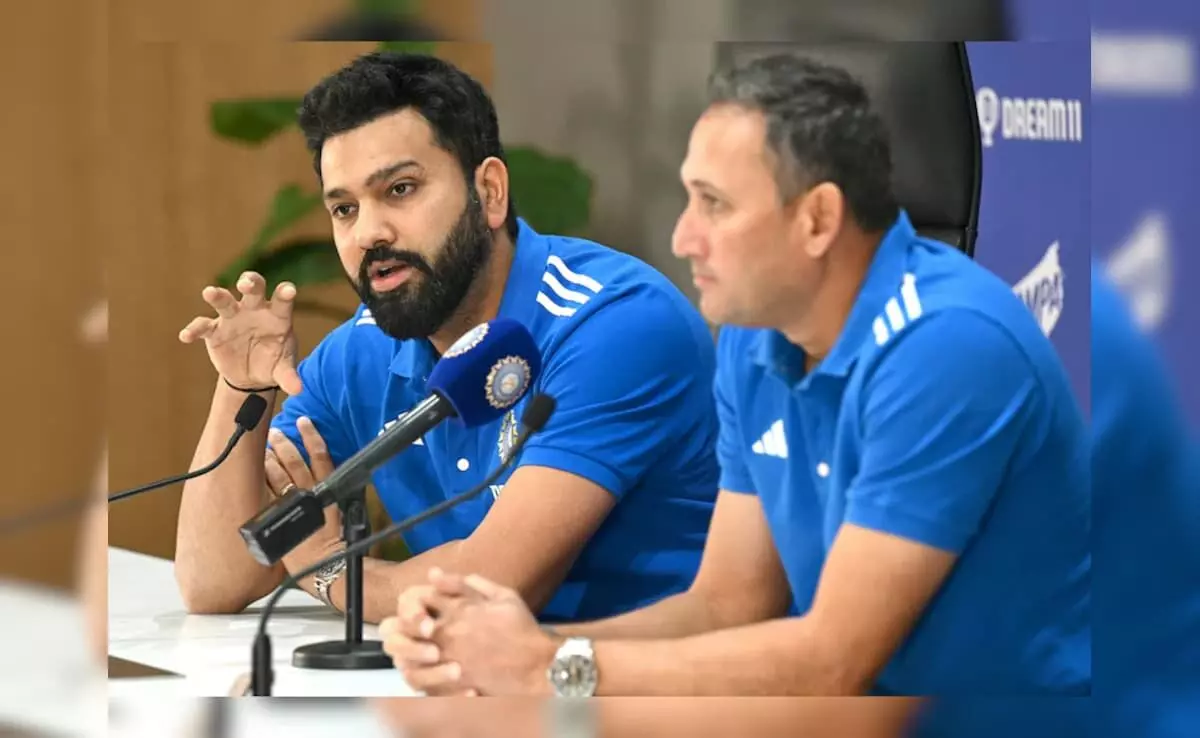Rohit Sharma's Stunning Exit: What Does It Mean for Indian Cricket?

Rohit Sharma, the captain of the Indian cricket team, made headlines recently with his shocking decision to retire from Test cricket. This announcement, which came during the intense Indian Premier League (IPL) 2025 season, has left many fans and analysts questioning the implications for both Sharma's legacy and the future of Indian cricket. Let's delve into the reasons behind this unexpected move and its potential impact on the game.
Rohit’s retirement comes on the heels of a disappointing performance during the Border-Gavaskar Trophy, where he averaged just 6.20 across five innings. His struggles prompted discussions about his ability to lead the team effectively in the red-ball format. The Ajit Agarkar-led selection committee's desire for stability ahead of the England tour played a significant role in this decision. They have reportedly been contemplating a fresh leadership direction, favoring younger players who can spearhead future campaigns.
The timing of the announcement was particularly interesting. With the IPL in full swing, one might wonder how this decision will affect his performance in the T20 format. Many speculate that the selectors might have wanted to give Rohit a chance to focus on his batting as a non-captain in upcoming matches. This approach stems from lessons learned during the Australia tour, where he could not be dropped due to his captaincy.
Reports indicate that Rohit's conversations with the selection committee and coaching staff were pivotal in his decision-making process. A source within the Board of Control for Cricket in India (BCCI) revealed that the selectors aimed to groom a new leader for the next Test cycle. They felt Rohit, given his current form and leadership role, no longer fit into their long-term plans. This strategic shift aims to avoid the mistakes of the past and ensure a robust squad for international challenges ahead.
In a recent podcast, Rohit expressed excitement about leading a talented bowling attack, including Jasprit Bumrah and Mohammed Shami, in England. However, the selectors' lack of confidence in his Test leadership and performance likely weighed heavily on his final decision.
Rohit Sharma's Test career has been a rollercoaster. He amassed 4,300 runs, with an impressive average and twelve centuries to his name. Yet, his journey has been dotted with inconsistencies, particularly in challenging conditions abroad. The contrasting styles of red-ball and white-ball cricket have often left fans and critics pondering what could have been. His last significant innings—a promising 52 against New Zealand—has become a poignant reminder of the highs and lows of his Test career.
Rohit's rise from the maidans of Mumbai to international stardom is a testament to his talent and hard work. However, despite his prowess in ODI and T20 formats, the swinging and seaming conditions of Test cricket have often exposed his vulnerabilities. This has led to a mixed reception from fans and analysts alike, who have been left wanting more.
As Indian cricket moves forward, the focus will undoubtedly shift to the next generation of players. The selectors' desire for a new leader indicates a broader strategy aimed at building a more resilient team for future tours. This transition may also signify an era where talent is prioritized over experience, particularly in Test cricket.
In conclusion, Rohit Sharma's unexpected retirement from Test cricket opens up a myriad of questions about the future of the Indian team and his legacy. His departure may pave the way for new leadership, but it also leaves a bittersweet feeling among his fans. As we reflect on his contributions, it’s essential to recognize both the triumphs and challenges he faced on his journey. Whether the next captain can fill Rohit’s shoes remains to be seen, but one thing is for certain—Indian cricket will continue to evolve.
